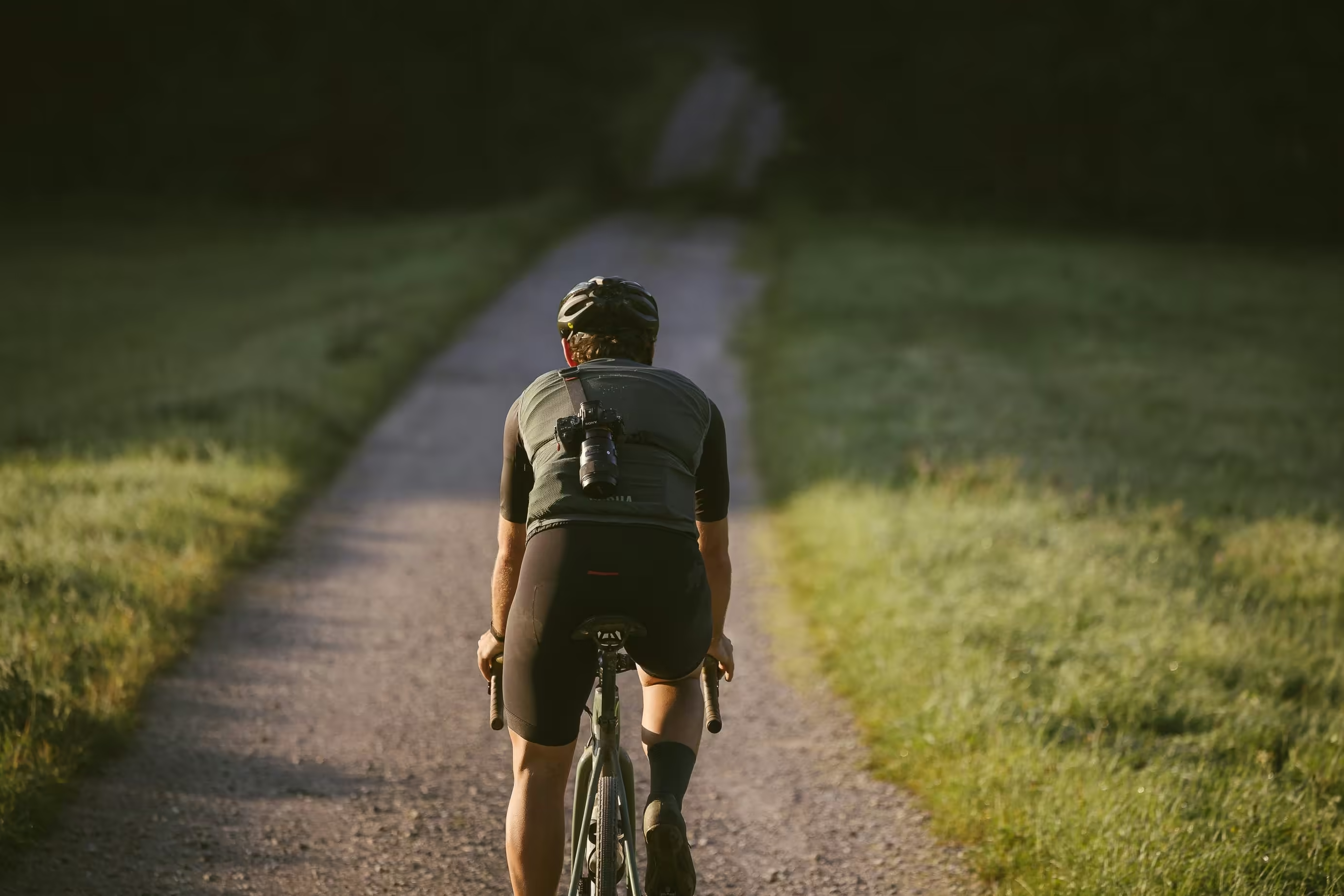
Gravel Ride Grading: Choosing the Right Route on Tasmania’s East Coast
Discover how to pick the perfect gravel ride with our easy-to-understand grading system. From beginner-friendly Green routes to epic Black adventures, learn how distance, elevation, and surface type guide you to rides that match your experience and fitness level.
Understanding Gravel Ride Grading
When exploring Tasmania's East Coast gravel routes, understanding the difficulty grading system is crucial for choosing rides that match your experience and fitness level. Our grading system provides clear, consistent guidance for riders of all abilities.
Why Grading Matters
Our approach focuses on two fundamental factors every cyclist understands: distance and elevation gain. This simplicity makes it easy to quickly assess whether a ride is right for you, whether you're planning your first gravel adventure or looking for your next epic challenge.
The Four Difficulty Levels
🟢 Green – Easy
- Distance: up to 40 km
- Elevation: under 400 m climbing
- Surface: smooth gravel / hardpack, some sealed roads
- Good for: beginners, social rides, riders new to gravel
Perfect for those new to gravel riding or looking for a relaxed day out. These routes typically follow well-maintained gravel roads with gentle gradients and plenty of opportunities to stop and enjoy the scenery.
🔵 Blue – Moderate
- Distance: 40–80 km
- Elevation: 400–1,000 m climbing
- Surface: mix of smooth and loose gravel, light corrugations
- Good for: regular riders comfortable on gravel
Ideal for riders who have some gravel experience and are looking for a solid day's riding. These routes will test your fitness and bike handling skills without being overwhelming.
🔴 Red – Challenging
- Distance: 80–120 km
- Elevation: 1,000–2,000 m climbing
- Surface: rougher gravel, longer climbs, technical descents possible
- Good for: fit riders after a solid test
These routes are for experienced gravel riders who enjoy a physical and mental challenge. Expect longer climbs, rougher surfaces, and the satisfaction of completing a demanding ride.
⚫ Black – Epic
- Distance: 120 km+
- Elevation: 2,000 m+ climbing
- Surface: remote, chunky or very rough sections
- Good for: experienced, self-sufficient riders seeking big adventure
The ultimate gravel adventures. These routes are for riders comfortable with long days in the saddle, challenging terrain, and potentially remote conditions. Perfect for those seeking the full gravel experience.
How to Choose Your Ride
Consider Your Experience
- New to gravel? Start with Green routes to build confidence
- Regular road cyclist? Blue routes offer a good introduction to gravel
- Experienced gravel rider? Red routes provide excellent challenges
- Adventure seeker? Black routes offer epic experiences
Factor in Conditions
Weather and trail conditions can significantly affect difficulty:
- Wet conditions can make any route more challenging
- Wind adds difficulty, especially on coastal routes
- Seasonal changes may affect surface conditions
Plan for Support
- Green/Blue routes: Often have nearby amenities and easier bail-out options
- Red/Black routes: May be more remote with limited support options
Training Progression
Building Up to Longer Rides
- Start with Green routes to build gravel confidence
- Progress to Blue routes as your fitness and skills improve
- Tackle Red routes when you're comfortable with longer distances
- Attempt Black routes only when fully prepared for the challenge
Key Training Tips
- Build distance gradually - don't jump from 40 km to 120 km overnight
- Practice climbing - elevation gain is often the limiting factor
- Test your gear - longer rides require reliable equipment
- Plan nutrition - longer rides need proper fuelling strategies
East Coast Specific Considerations
Coastal Routes
Many of our routes follow the stunning East Coast, which means:
- Wind exposure - coastal winds can add significant difficulty
- Temperature variations - prepare for changing conditions
- Scenic distractions - beautiful views can slow your pace
Seasonal Variations
- Summer (Dec-Feb): Hot conditions, carry extra water
- Autumn (Mar-May): Ideal riding conditions, peak season
- Winter (Jun-Aug): Cooler temperatures, some routes may be muddy
- Spring (Sep-Nov): Variable conditions, great for building fitness
Safety and Preparation
Essential Gear by Difficulty
- Green/Blue: Basic repair kit, water, snacks
- Red/Black: Full repair kit, extra food, emergency supplies, navigation tools
Navigation
- Green/Blue routes: Often well-signed, easier to follow
- Red/Black routes: May require GPS navigation and map reading skills
Ready to find your next ride? Browse our ride directory and filter by difficulty to find the perfect route for your next adventure.